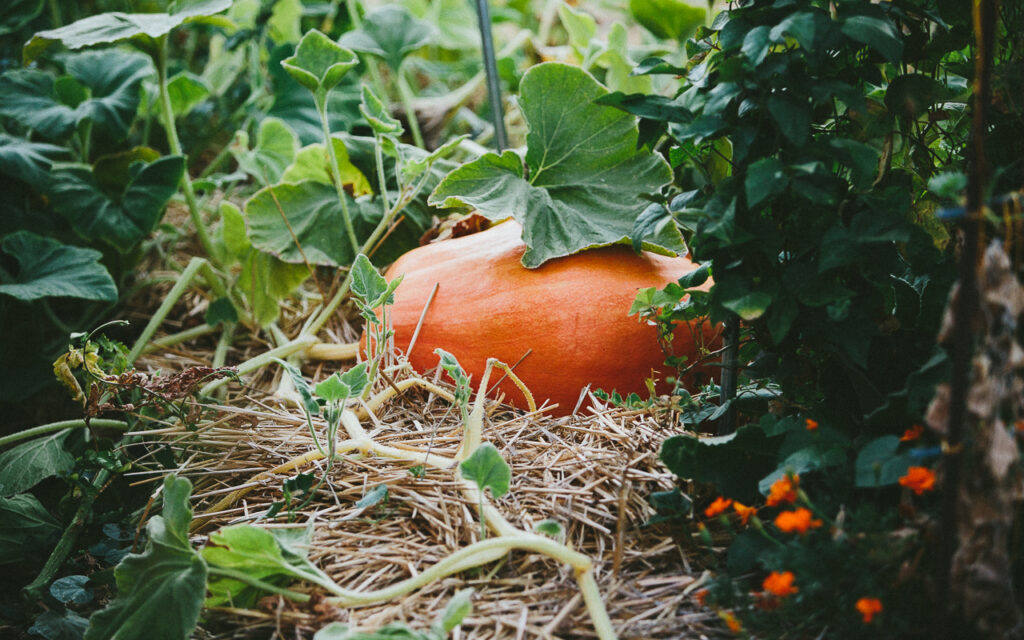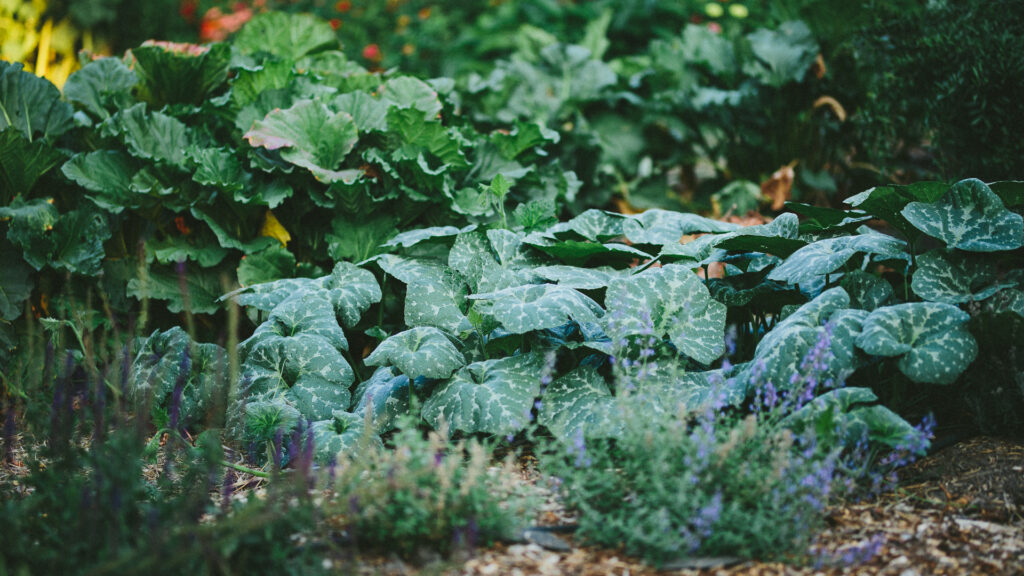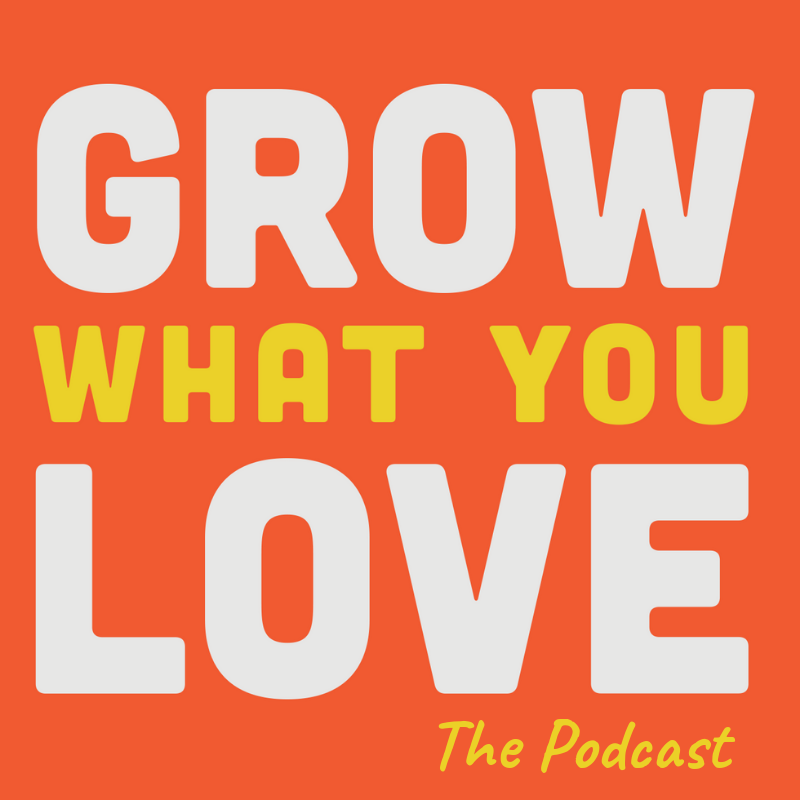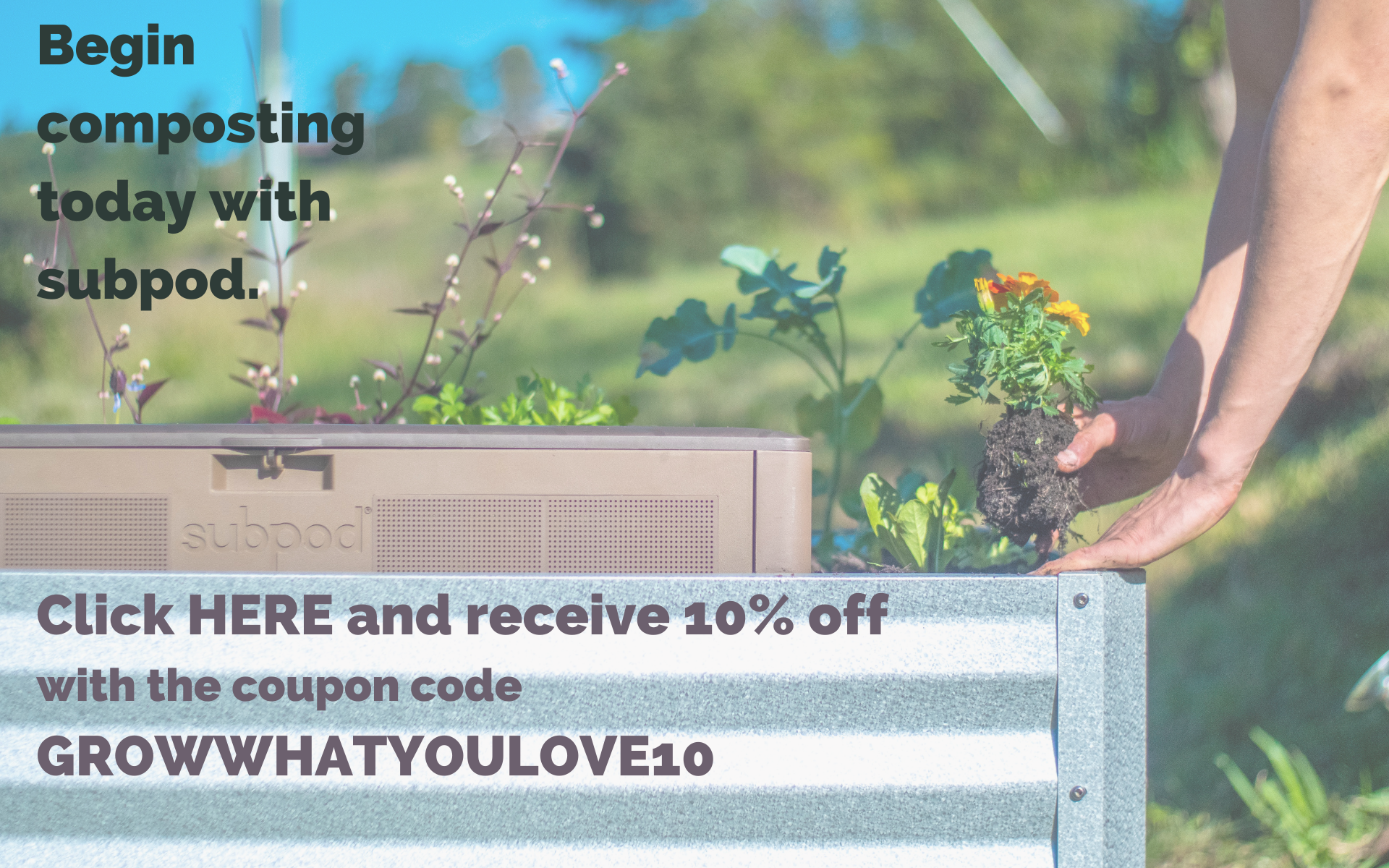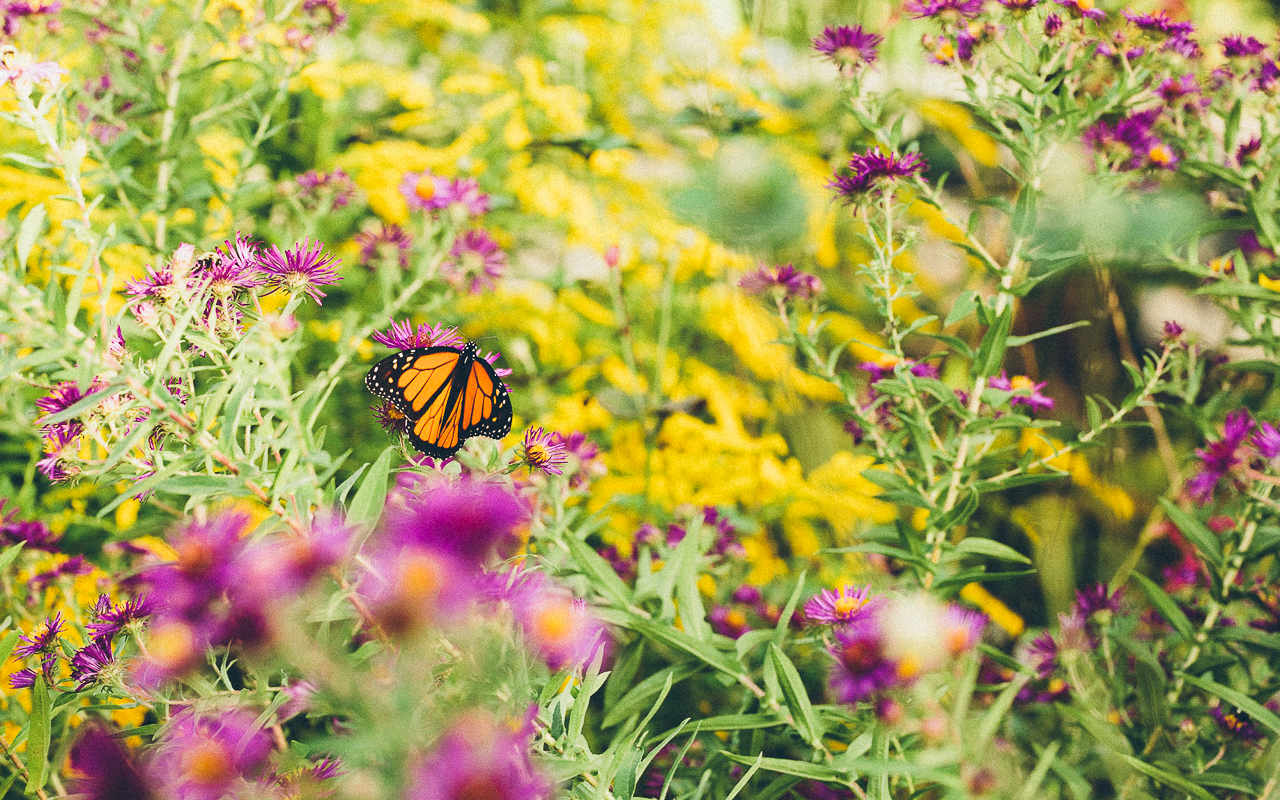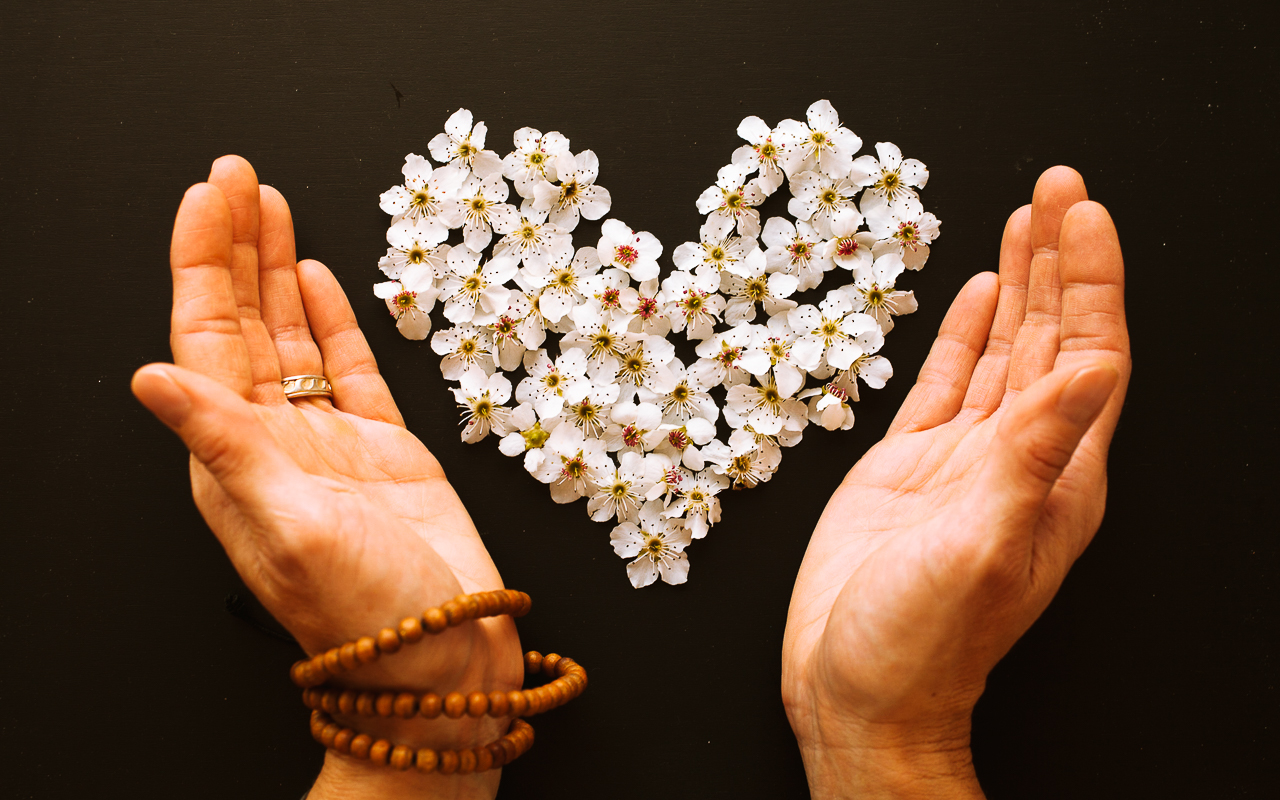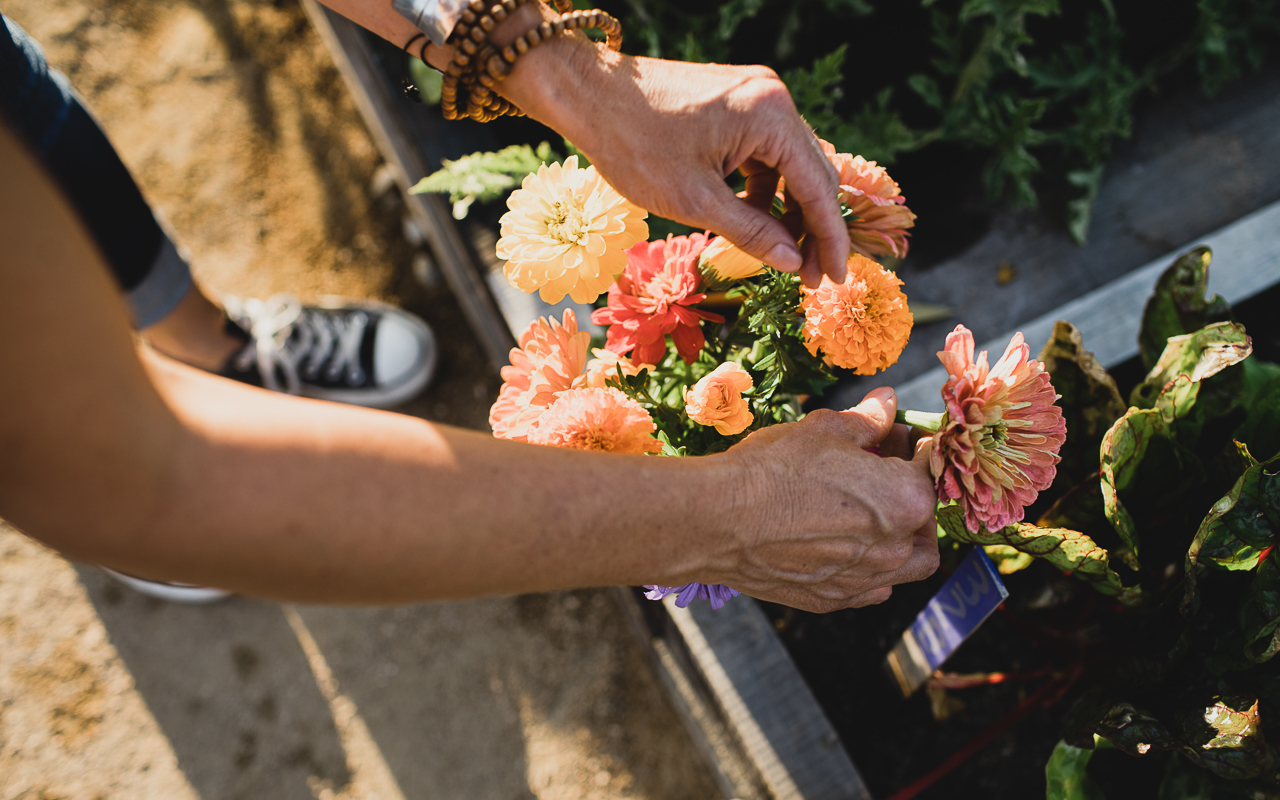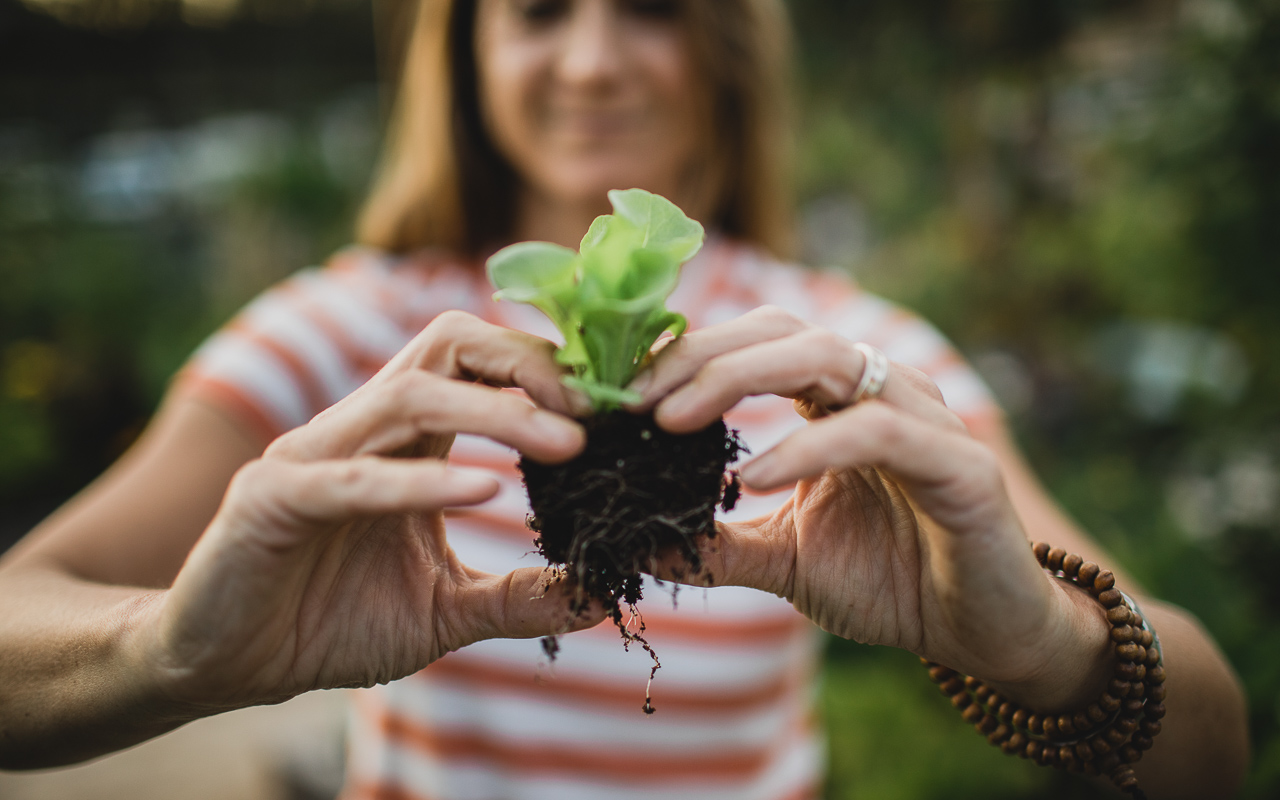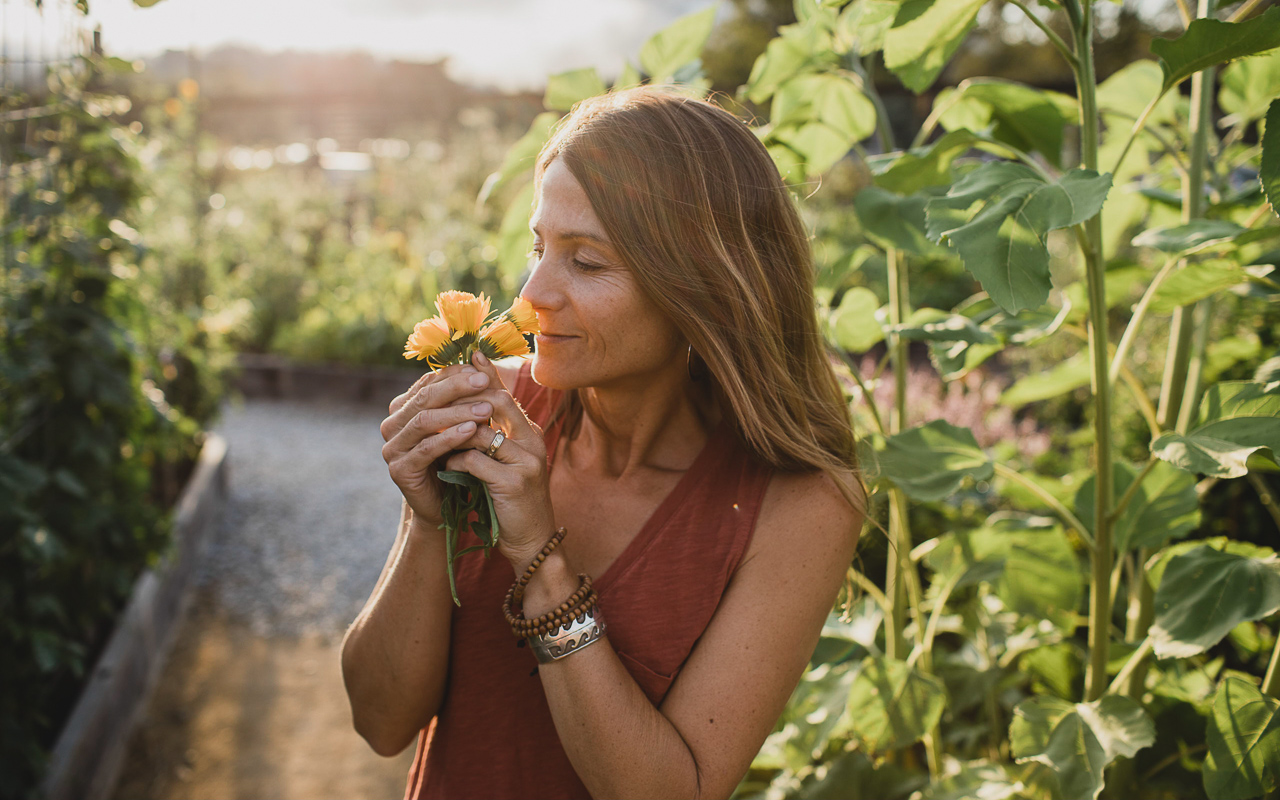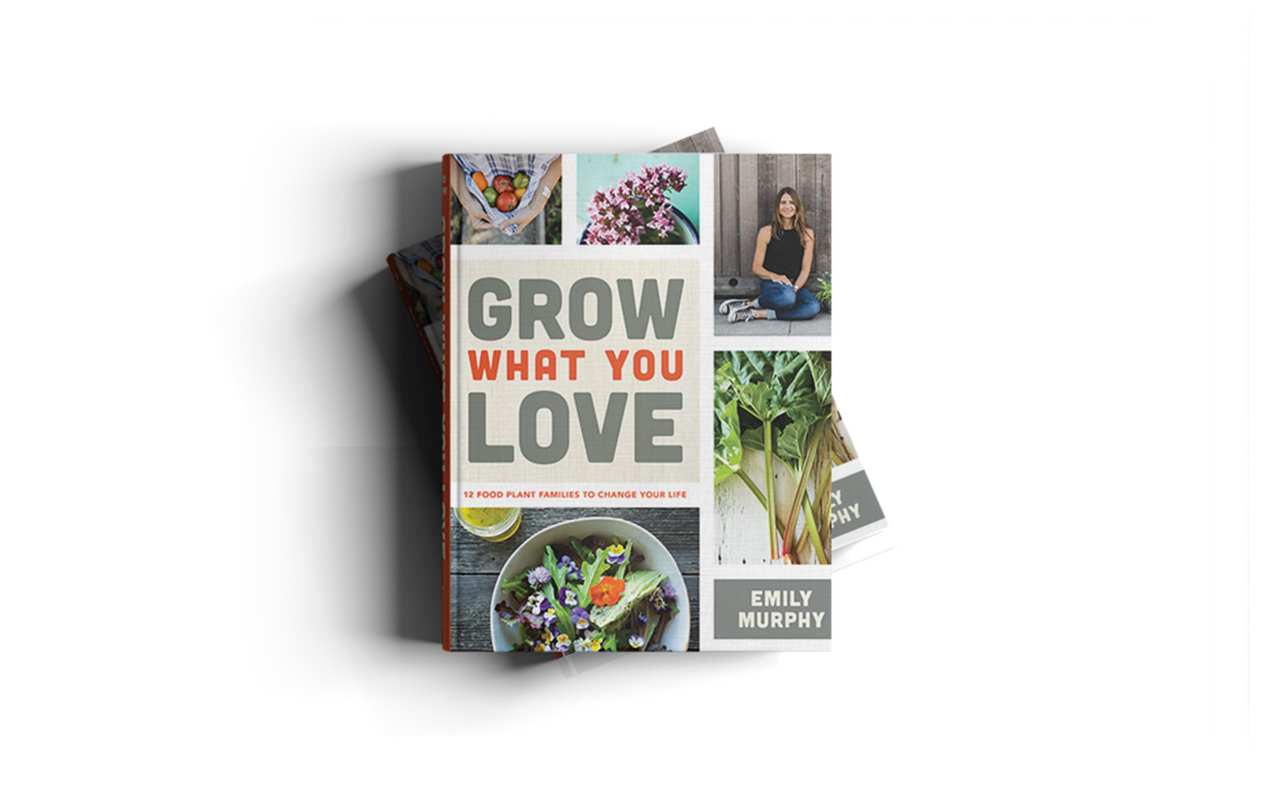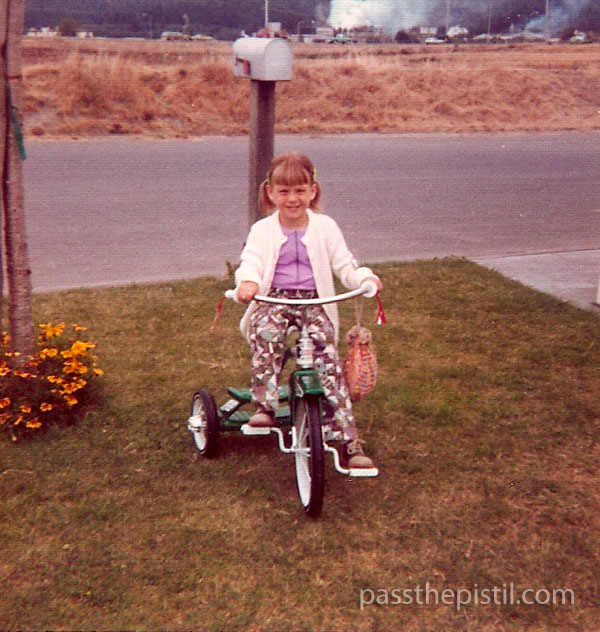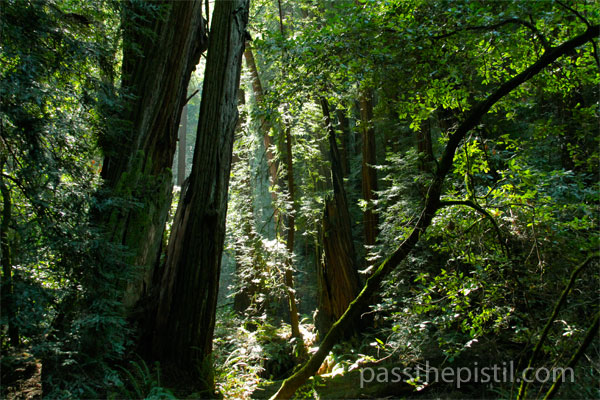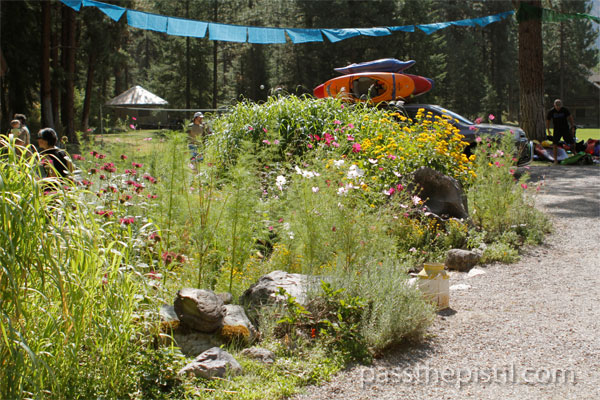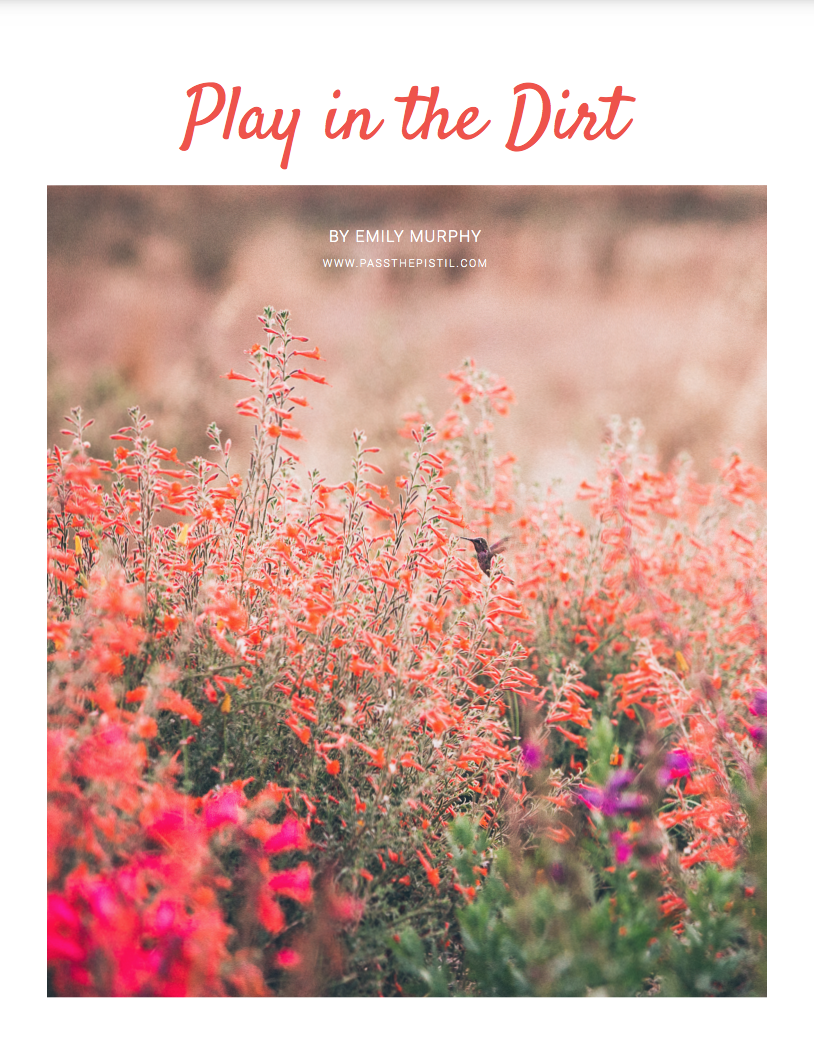Get Growing– My Interview with Kate Hanley
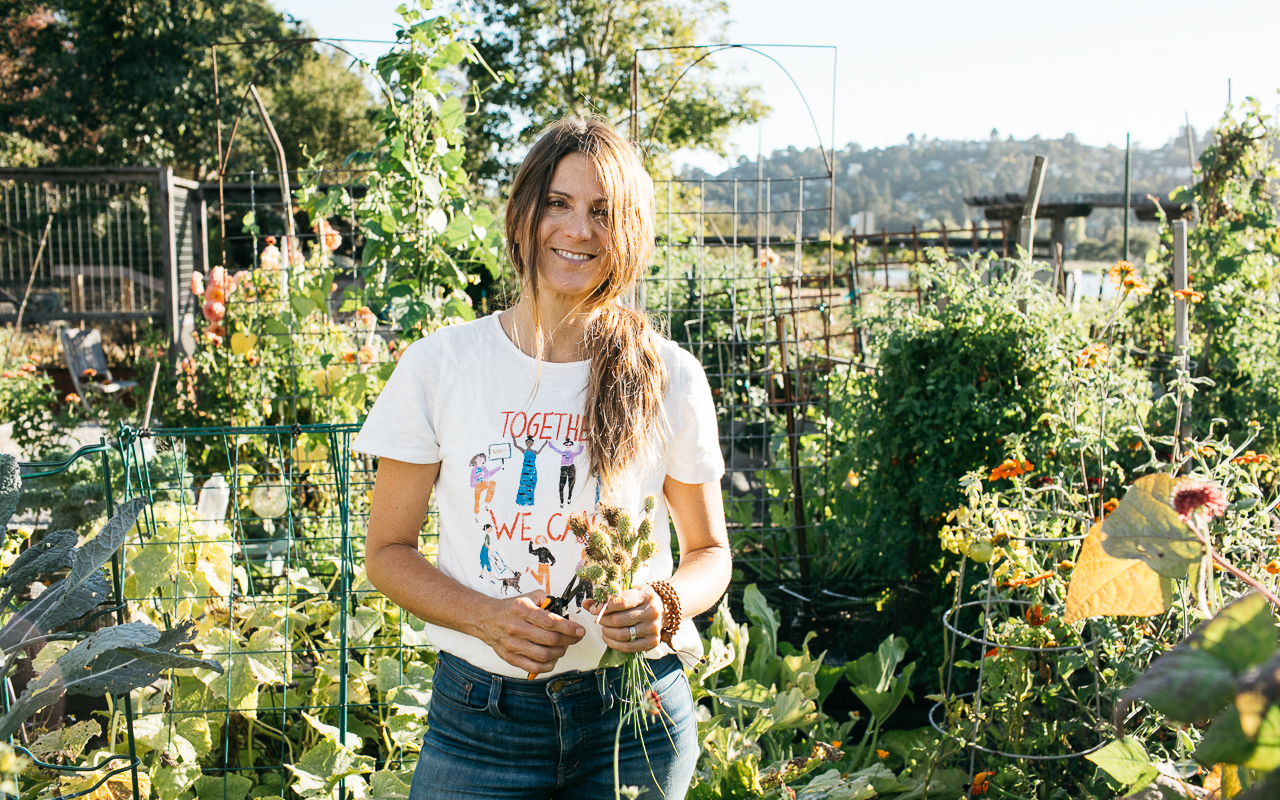

Photo courtesy of West Cliff Creative
I recently had the pleasure of joining Kate Hanley on her podcast, How to Be a Better Person, to chat about what we as individuals to start growing the change we want to see in the world. It begins on our window sills and in our yards and communities.
Get Growing– my Interview with Kate Hanley
Listen to the Podcast Here
KATE: Emily is so great to have you here. Let’s dive right in. You advocate that people growing things in their gardens helps make the planet healthier. How much of a difference can one person really make?
EMILY: Growing in your home plot while it might seem insignificant, creates huge benefits and positive impacts in our personal lives that then have a wonderful ripple effect throughout our communities and our planet. And ultimately addressing this wide array of concerns. From the climate crisis and biodiversity loss, to how can you encourage your child to eat kale or other leafy greens when they might not want to? Right. So the possibilities of addressing these large-scale concerns and these everyday wishes for growing a healthy family or healthy self are addressed through the simple act of growing.
KATE: I just love anything that helps us get, take care of multiple things at once. Let’s drill down a little bit on the climate crisis piece. So how does me planting kale, like you were talking about in my garden bed. Or anything in my yard, I’m lucky to have a yard. Not everybody has a yard. But we all have a window sill or maybe some sort of outdoor space that we can use to get growing.
How does that help the climate, which feels like this huge insurmountable problem?
EMILY: It is. The climate crisis is a huge, seemingly insurmountable problem. I mean, it’s so vast. And I know that it’s hard to believe that anyone person can make a difference. But when you look at the efforts of someone like Greta Thunberg, who outside and started the Swedish parliamentary building every Friday and started a conversation around climate. We could all agree that, while this seemed like a tiny act, it was pretty monumental.
And we’re not all Greta. We can’t, each of us be Greta, and nor necessarily would we want to be. But what we can do is start a conversation with our bodies and our minds and our community, again, our family. And that can start through the language we use and how we talk about plants and growing or the climate crisis. Or whatever it is that’s important to a person to have a set of tangible, actionable tools to, in reality, support biodiversity. Both below ground and above ground. And demonstrate through our home plots that a quarter of an acre, or a 10th of an acre, or a window box can truly make a difference.
And it does. So on the tangible aspect, so there’s the conversation, right? That Greta inspired us to have. And that the pandemic inspired us to have when we were clamoring to get outside and be in nature. We realized, Oh, I really do need this nature connection. And how do I revive that? How do I regenerate that? How do I bring that back and, or bring it forward in my life? And how do I lean into it? Right? So there’s that conversation, that dialogue we’re constantly having.
And then there’s this tangible action. And in reality, those two things work together, right? The actions that we participate in every day help form our minds, just like our language helps form our actions. And so when we come at a large issue with this two-tier approach, we’re wiring our bodies and our coping mechanisms and our abilities to be proactive. That might sound kind of out there, but it’s true. Now on the tangible end of things, there are studies out of the University of Bristol in the UK, where they did a three-year survey on the ability of communities, suburban and urban communities, to single-handedly support biodiversity. And they found that farm fields can be feast or famine. But it’s our window boxes, and our home plots, and our cityscapes that provide this wide range of forage and habitat.
And just think if we approach those spaces with a little bit of thoughtful planting, a little bit of know-how it’s easy to get growing. Even if it’s not a lot of know-how. Maybe it’s just noticing that those herbs you’ve planted, maybe it’s thyme. Wow, those bees really love it. Maybe I’ll plant more thyme. And I also have something that I can use in my kitchen, and I’m supporting bees in the process. How wonderful is that? And that love, that dialogue that you start with that one plant by observing then translates into other parts of the plant world or our lives. So that’s one tangible end.
And then the other tangible side of that is the positive benefits of planting biodiversity on the soil ecosystem. This is something I talk about in my next book. And it might sound really out there, but there’s power in microbes. Research has shown us that when we foster soil health, we have the ability to return carbon to soil. At what scale? We’re still figuring that out, but the possibilities there. We know it takes a very long time. It can take decades. Which tells us we need to start today.
And when we start planting and fostering soil health with regenerative practices, that includes growing perennials, applying compost to the top layer of soil, and considering organic practices. Skipping pesticides, herbicides, and synthetic fertilizers. That alone makes a huge difference. And that’s something we can all do starting today.
KATE: I know when we were chatting before we recorded today, you were saying that your window box or your garden bed connects to your neighbor’s backyard plot. Which connects to the park, connects to maybe the forest or the more wild area that’s not too far from your house. And I just had this vision of looking down and seeing how all these little green spots kind of form this bigger patchwork for things like pollinators and other wildlife.
Can you talk about that a little bit more? Because I think that is an idea that helps with something else we were talking about before the interview, which is this eco-anxiety. Like, Oh my goodness, you read the headlines about there’s more fires or there’s a superstorm, or what have you. And it feels like this big problem. But then if you think of like your contribution. Your one puzzle piece and this million-piece puzzle. I think that can really alleviate some anxiety that ripples out in a lot of different ways.
EMILY: Yeah, absolutely. Those are the words I use quite often, which is patchwork and puzzle piece. And, you know, what good is a puzzle when you’re missing two or three pieces, right? It’s frustrating to get to the end of the puzzle and find that there’s a hole in the middle of it and it’s one piece. So when you think about it that way you realize that every single piece matters. Every single piece of the puzzle matters. My part and your part, or your plot and my plot.
And you’re exactly right. So on one end, there’s this bird’s eye view of how everything fits together. And if you think about it, our spaces were once continuous. All of these places once touched one another and it’s through development that we’ve separated these spaces through buildings, and commercial centers, and roads. And all the things that we benefited from over these years. Now it’s time to consider, well, how can we rebuild these bridges? And create a living Greenway? How can my garden connect to my neighbor’s garden, that connects to the neighborhood park, or the national park, or the other green space that might be down the way that then connects across the planet?
And that is when we benefit and when wildlife and nature benefits. Because the healthier the planet, right? The healthier we are as humans. And we can then address issues such as eco-anxiety on all of these tiers. Because really eco-anxiety is this reaction to a perceived threat, right? It’s this anxiety that comes with, with this threat. Anxiety in general, I guess you should say. And when you’re looking at eco-anxiety, it’s this real threat of a changing climate. And as you said, wildfires, and hurricanes, and the superstorms, as well as rising tides and everything that comes with it. That’s really scary.
And what we know from research is that again, there’s hope in action. And yes, we need to look at these very large issues from governmental policy change, or international cooperation, and corporate accountability. But we can’t just wait for the voting booths to open every two to four years, right? We feel better when we act on something every day. It could be something small. Look, I planted this three by three square or one-meter square patch of butterfly-friendly plants. And now look, who’s visiting? Wow. I feel really good. And that has a snowball effect, a positive snowball effect.
KATE: Right. And it helps us remember that we’re connected. We’re connected to nature, and we’re connected to our neighbors. We’re connected to our larger community. I love that idea about how we can contribute. So to act on that, what’s something that we can do either later today or maybe this weekend to kind of start growing the change they want to see?
EMILY: So there are a number of things anyone could do starting today. One would be to compost everything that you possibly can. In fact, when I was researching for my second book, that was one of the number one things that every soil scientist I spoke to shared. Let’s put compost on the soil. That’s the number one way to return carbon to soil from the atmosphere.
So you could start by composting your kitchen scraps. I think the saying goes, is if food waste were a country, it would be the number three climate driver after the U.S. and China. And so if we could compost our kitchen scraps, whether it’s at home or through a community hub. And there are a number of examples of community-run composting programs, which are really fabulous. LA compost is one of them.
Community composting is a really incredible option. So compost your property, compost your kitchen scraps. And that could be adding compost again, if it’s not your property, it could be your cityscape, the health strip between the road and your sidewalk, community garden. Whatever bare ground you have available that you can possibly find.
And then planting. Planting perennials. Consider growing a three by three or one-meter square space. As I mentioned before, for pollinators. Or consider growing perennial vegetables, because perennials keep living roots in the ground. And those living roots foster soil biodiversity. And oftentimes they also provide flowers and forage for other animals, including pollinators, and then food for us. So you have this multi-service plant.
And really, if those were the only things you did, you would improve your health and the health of your community and the health of the planet. One small plot at a time. So compost, your kitchen scraps, and plant with purpose.
KATE: Okay, great. I love the idea of a perennial vegetable. Can you give an example? I know it depends a lot on garden zones and where you live. I mean, I know I also have oregano in my garden that comes back year after year. And every summer it flowers and there were these huge, I mean, these huge black, wasps. They love that oregano.
So like that to me is like anybody could plant that. I don’t do anything. It survives my neglect. In fact, it thrives, despite it. Are there other things like that? That people could just kind of throw in the ground and sort of forget about?
EMILY: Absolutely. Oregano was a great example. Thyme is another fabulous example. It’s super hardy, provides flowers, much like oregano does. Now lovage is a lesser known herb that has kind of a licoricey, fennelly kind of flavor that you can use in soups. And it’s in the same family as a carrot. And so it’s a host plant for butterflies, like the larvae of butterflies. Like Anna’s Swallowtail butterfly.
There’s rhubarb and asparagus, they’re both cold hardy. Chives is another excellent one. Chives are one of those plants that’s early to bloom in spring and I’ve seen the most beautiful bees on chive flowers. Blue orchard bees, which are electric blue, and are so gorgeous against the magenta pink blooms of chives. And you can use the leaves and the blooms in food. You can eat them both
KATE: Oh, I didn’t know. You could eat the bloom, I’m gonna have to try that.
EMILY: Yeah, you can even make some vinegar with the blooms, It’s so beautiful. But those are a set of them. Perennial vegetables and herbs are those plant it once and harvest it for years to come. And you get these wonderful benefits, and so does the environment
Daily Tiny Assignment
KATE: So what are you going to do? How are you going to get growing? That’s the question to answer today for your tiny assignment. Could you get a window box going, or put a planter on your stoop? Or maybe get some seeds and put them in the ground? It’s probably not too late if you’re listening to this in April. Or could you buy a bag of compost, or pick up compost from a community garden and put it somewhere in the soil near your home. Could be around a tree that’s in the sidewalk, or in your own lawn, or in your own garden. Just find some way to grow something that you love.
Listen
Buy The Book
Special offers
Newsletter Signup
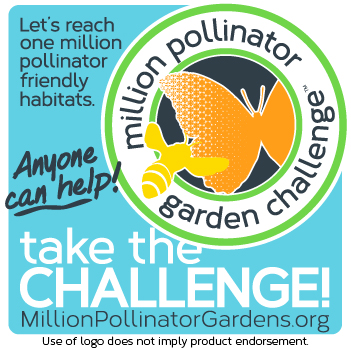
Archives
Disclosure
Pass The Pistil is a participant in the Amazon Services LLC Associates Program and other affiliate programs such as Etsy, affiliate advertising programs designed to provide a means for sites to earn fees by advertising and linking to curated affiliate sites.

